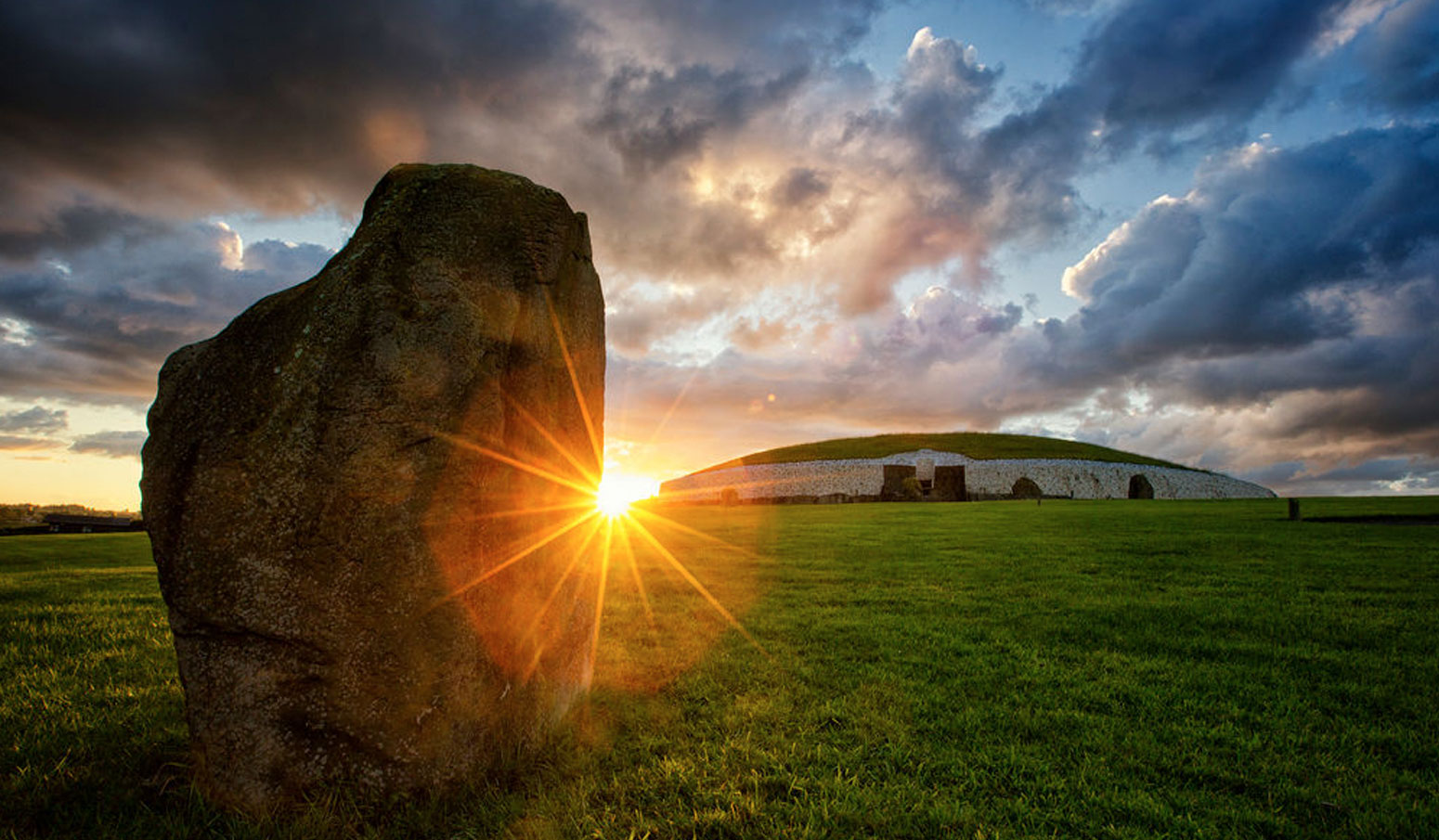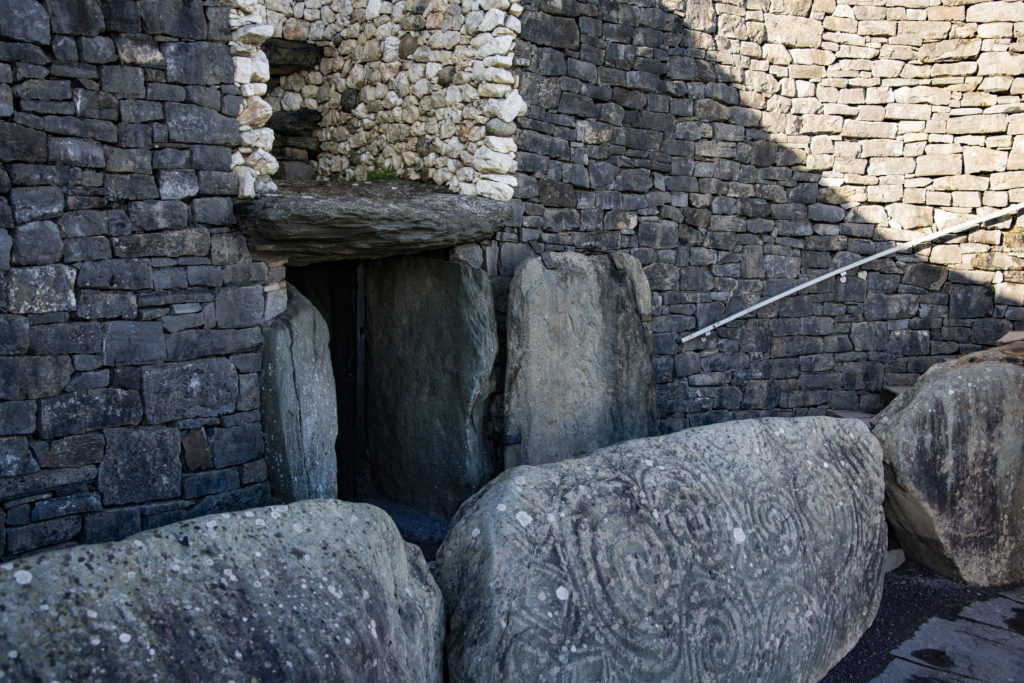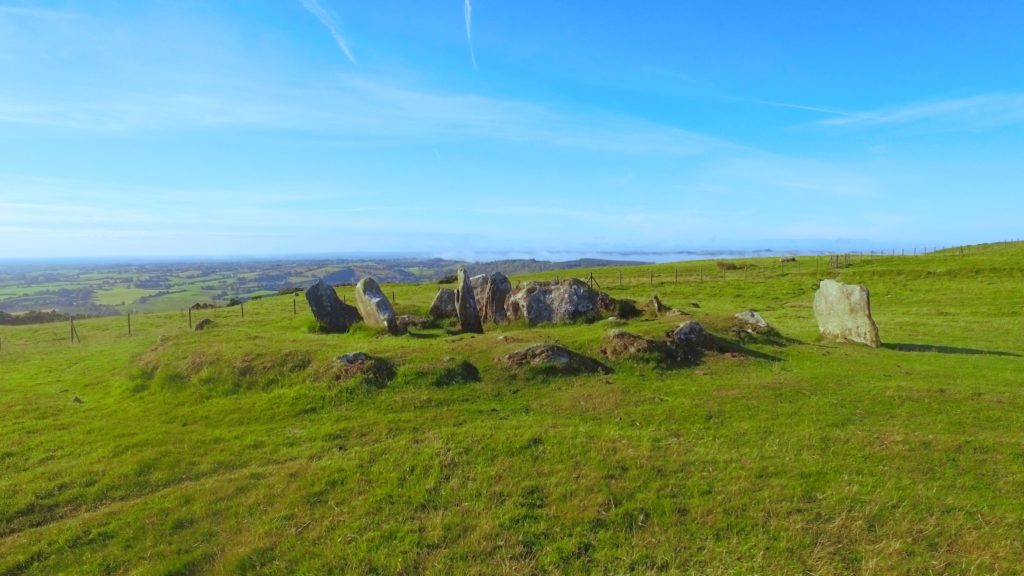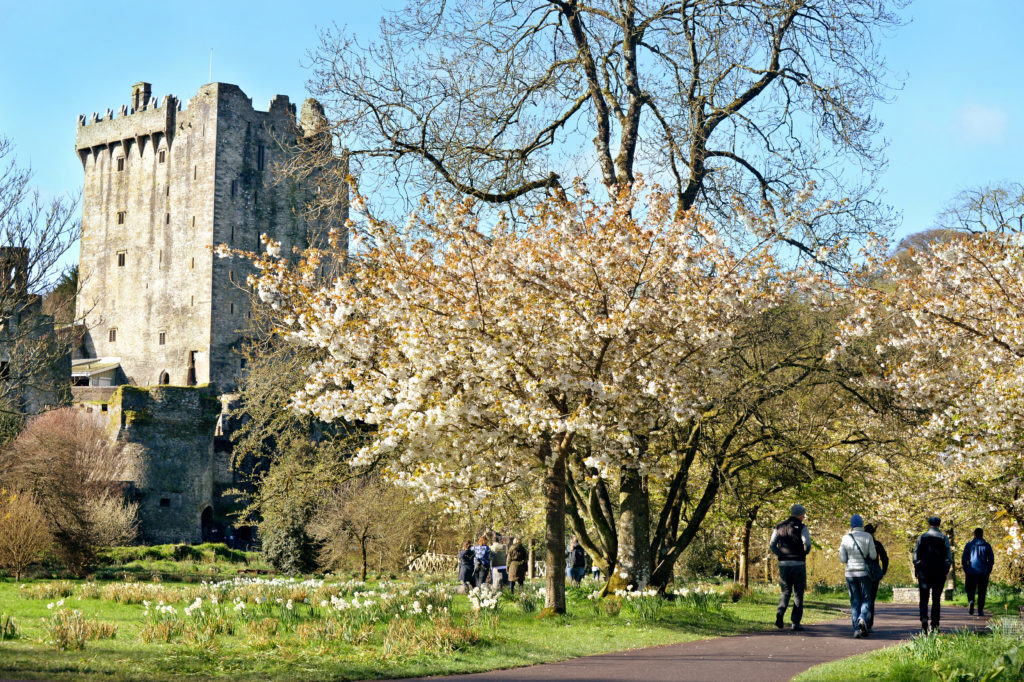Ireland's Ancient East encompasses an area that includes the sacred site of Glendalough, the ancient stones of Newgrange — so old that they make the Pyramids in Egypt look like new-fangled architecture, the Rock of Cashel which might well have tumbled out of a fairytale — alongside 5,000 years of history.
MAL ROGERS pays a visit
 BATTLE OF THE BOYNE Painting by Jan van Huchtenburgh now in the Rijksmuseum, Den Haag (image in public domain)
BATTLE OF THE BOYNE Painting by Jan van Huchtenburgh now in the Rijksmuseum, Den Haag (image in public domain)
HISTORY both tumultuous and heroic lurks round every corner of Ireland’s easterly hinterland. The hills and valleys of this ancient landscape have seen Neolithic farmers clear the land, rebel fugitives hiding in its woods, and great armies massing on its plains ready for combat. Its monasteries and friaries have sheltered the monks who turned Ireland into the very centre of Christianity while the rest of Europe was beleaguered in the quagmire of the Dark Ages.
The culture, the music, and the heritage of Ireland’s Ancient East has been shaped by centuries of thunderous happenings. But today it's a tranquil, peaceful place to visit, with a real sense of its eventful past.
The area stretches from Brú na Bóinne and the Boyne Valley in the north east, takes in the midlands via Kilkenny’s Mediaeval Mile to Waterford’s Viking Quarter and on to Cork’s many attractions.
 Brú na Boinne (Newgrange) Co. Meath
Brú na Boinne (Newgrange) Co. MeathAncient Ireland
MOST historians and anthropologists are of the opinion that Ireland’s first settlers arrived on the north coast some 9.000 years ago — probably from Scotland. It’s possible a few hunter-gatherers were already gadding about — we may be talking in terms of less than a hundred. These few individuals had Ireland entirely to themselves.
But around 7,900BC we know for certain that the steady populating of Ireland was on its way. Over the next few millennia these early settlers, these immigrants, made their way throughout the island, living in what we might call neolithic affluence — the woods and forests provided fuel, shelter and game. But at some point someone decided that the indolent life had to stop, and buildings had to be built.
The exact reason is undocumented, but best guess is that it was some attempt to contact, or worship, we-know-not-what.
Accordingly, work began, and today you can still see the results of those effort. Most counties have stone circles, standing stones, intricate dolmens.
 Newgrange chamber entrance (image by Tourism Ireland)
Newgrange chamber entrance (image by Tourism Ireland)The most striking example of that stony burst of energy is Brú na Bóinne, or Newgrange in Co. Meath, one of the most important megalithic structures in Europe. It dates back to approximately 3,200BC, making it the oldest known specifically orientated structure in the world.
Every December a moment of magic occurs at Newgrange, as it has done for the last 5,000 years, give or take. Weather permitting, at dawn on the morning of the winter solstice a pencil of sunlight penetrates the main burial chamber, flooding the space with winter light
The huge megalithic structure is perfectly aligned so that the first rays of the solstice sun pierce through a small opening in the chamber's roof. The light then travels some nineteen metres along a narrow stone passage to focus on the entrance to the grave. For seventeen minutes the chamber is illuminated, and then it returns to darkness as the light departs down the passage.
People gather at Newgrange for the winter solstice dawn on each of the mornings from December 19th to December 23rd inclusive. All access to the inner chamber is decided by lottery.
The shortest day of the year usually occurs on December 21, very occasionally December 20, 22nd or 23rd. It’s all to do with the rotation of the Earth in conjunction with the planets. But this year it’s the 21st at 9.20am. Blink and you’ll miss it.
The lottery draw for places in the Newgrange chamber takes place in September. The successful people are notified by mid-October.
Eight names are drawn for each of the solstice mornings (19th-23rd), with each person being allowed to bring a guest, resulting in sixteen people on each of the five mornings. Some additional names are also drawn and placed on a reserve list.
There’s usually around 30,000 entrants for the 8 places. It’s not great odds — and even with the might of The Irish Post behind me, I’ve never been able to secure a spot.
Anyway, if you want to take part in the lottery send your details to:
The draw is in September, and they let you know if you’re on by mid-October. Note: you can’t transfer your ticket or sell it. It’s non-transferable, so you won’t encounter any ticket touts hanging around outside the main chamber come December. In fact it’s probably a place where you can guarantee a peaceful morning. Which made me wonder on hearing a report on local radio one year that said solstice celebrations Brú na Bóinne ‘had passed off quietly’. Which made me wonder: have there been occasions when they didn’t?
 Loughcrew Cairns (image by Tourism Ireland)
Loughcrew Cairns (image by Tourism Ireland)More of neolithic Meath
A QUIET time is also guaranteed in the west of Co. Meath, at Loughcrew. The Loughcrew Cairns date back to 3,300BC — this could well be one of the oldest cemeteries in the world. If you want to see passage graves in uncrowded circumstances, this place near Oldcastle should be top of your list.
About 30 passage tombs are scattered over four green hilltops, each commanding superb 360-degree views over the lush landscape. Unbothered by coach tours which can bedevil the busier sites, you’ll be able to marvel at the intricate engravings on the walls of the tombs, the while contemplating that even ancient man had a feeling that he should try to communicate with we-know-not-what.
Local folklore has it that the Loughcrew cairns were stones dropped from the apron of a hag as she flew over the mountain, called Sliabh na Cailllighe. You won’t need me to tell you this translates as ‘the Hag’s Hill’. Her ghost is said to haunt the area still – so mind how you go.
Down in the valley you can visit the 17th century gardens of Loughcrew House. The walled gardens, a Yew Walk, water-meadows, a grotesque grotto, follies, rockeries and an arboretum of exotic trees make this a horticultural heaven.
At the very centre of Ireland, in Co. Meath, stands the Hill of Tara, the seat of the High Kings. Here St Patrick is said to have arrived at the very start of his mission. History clings to you like burrs here. Tara Hill is a gentle, quiet place, and although standing only 300 feet high, almost a quarter of Ireland can be seen from its summit.
Mediaeval Ireland
 CHATTY CHATTY STONE Blarney Castle, Co. Cork (image by Tourism Ireland)
CHATTY CHATTY STONE Blarney Castle, Co. Cork (image by Tourism Ireland)THE MIDDLE AGES in Ireland were dominated by the arrival of the Normans. Previous visitors, such as the Vikings, merely made a nuisance of themselves; the Normans utterly transformed the landscape. Their influence was particularly strongly in the east, where they built great castles, not just as defence, but to underline their authority. Real jack-the-lad architecture.
From the towers and turrets of the Rock of Cashel, or from the battlements of Trim Castle, the invaders kept a wary eye on the restless natives; and if they didn’t like what you were up to you’d find yourself somewhere like Wicklow Gaol. Opened in 1702, the Gaol dealt with people sentenced under the Penal Laws. Today, you can get some idea of the harsh rule imposed here — actors play the roles of the various jailers and prisoners
In the middle of the region stands Kilkenny Castle — up there with Edinburgh Castle or the Tower of London as one of the great castles of the world. A 12th century fortification remodelled in Victorian times, the old grey building today retains its magnificence. From the castle, Kilkenny’s Mediaeval Mile underlines the extensive history hereabouts — the route wends along narrow cobbled streets and alleyways past mediaeval buildings.
The Vikings preceded the Normans, and held sway in Ireland East for a couple of hundred years. In 914 the great Viking adventurer and pirate Ragnall made his base in Waterford. Today Ragnall’s Tower — now known as Reginald’s Tower — still stands, and the distinct Viking street plan, which survives until today, developed round it.
Further west, at Blarney Castle in Co. Cork you’ll be given the opportunity to maximise your eloquence by kissing the Blarney Stone. It’s a long story — almost by definition — as to how the stone gained its remarkable powers. Just be warned — to kiss the Blarney Stone be prepared to climb up some 85 feet of stone steps.
You can probably have a guess which two US presidents have kissed the Blarney Stone. Well done. It was indeed Bill Clinton and Ronald Reagan — both of them adept at hamming it up for the crowdds. And the only British prime minister? That’s trickier — but it was, in fact, Winston Churchill
Going Dutch in Ireland
AT THE Battle of the Boyne Visitor Centre you’ll learn all about the largest battle ever to take place on Irish soil. Fought on on July 1, 1690., it was a fight between the armies of King William III and King James II, on the banks of the River Boyne.
For those whose 17th century Irish history is a bit rusty, here’s a quick recap. The background to the battle is that the Catholic King James II lost the throne of England, Ireland and Scotland to his Protestant daughter Mary II and her husband King William III, also known as Prince William of Orange. He was born in the Netherlands, and sovereign of the Principality of Orange. King William had 36,000 troops, while King James had 25,000 troops.
The battle raged on for around 12 hours with around 1,500 men being killed before King William won. The battleground is now part of the Oldbridge Estate and the exemplary visitor centre is in a restored 18th century mansion on the estate. It’s a great place for learning both about the battle itself, and the events leading up to it. However, no word sadly about an addition to Hidden Histories. You know the sort of thing: A new addition to Hidden History — those forgotten moments from the byways of the past when events took an unexpected turn. Like the Italian architect who confides to his friend in Pisa, "OK, so I skimped on the foundations a bit, but nobody’ll be any the wiser."
Closer to home it’s quite possible that William of Orange commiserated with James II after defeating him at the Battle of the Boyne. He might have approached a dishevelled King James, saying, ”Ach don’t worry about it, Jim. It’ll all blow over in a couple of weeks.”
But I have to tell you I could find no one at the visitor centre who was able to confirm this.
For more details:
ireland.com

